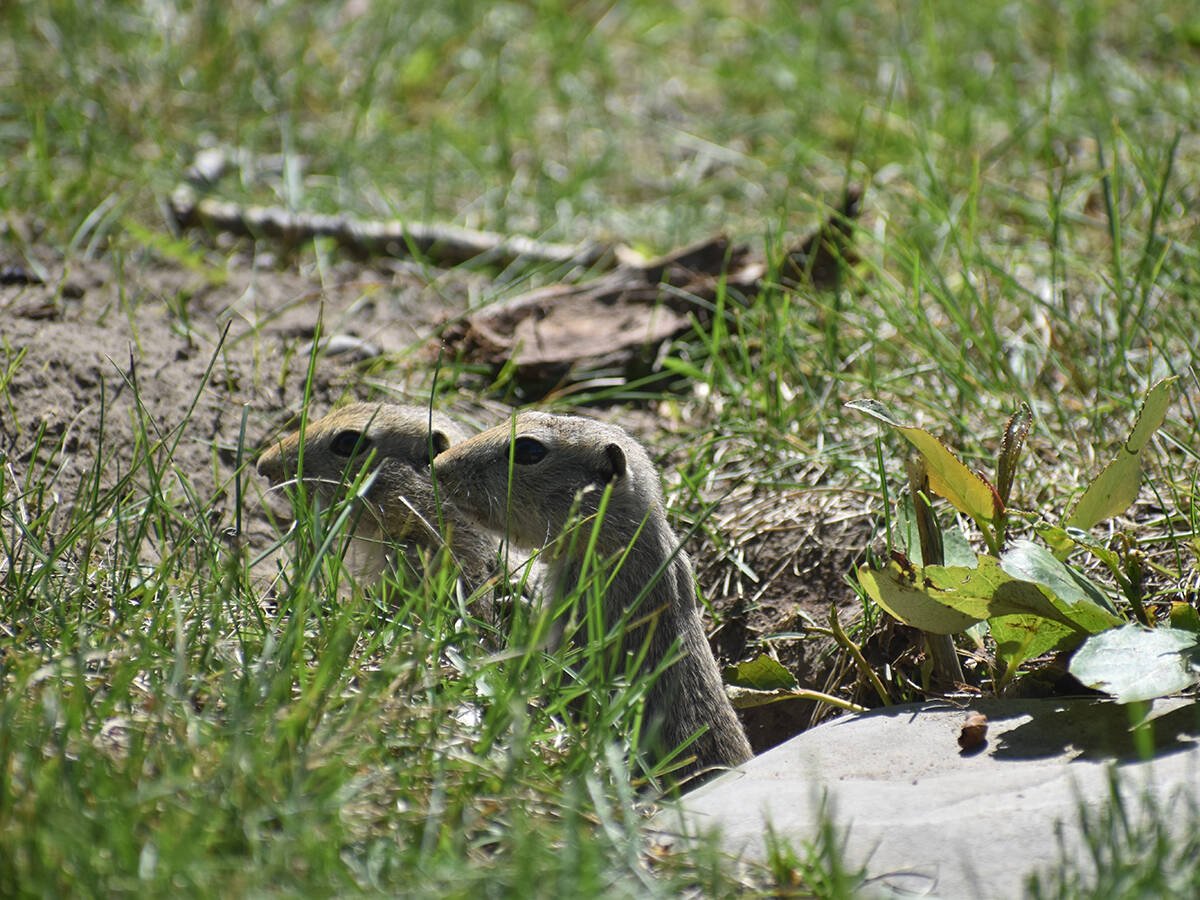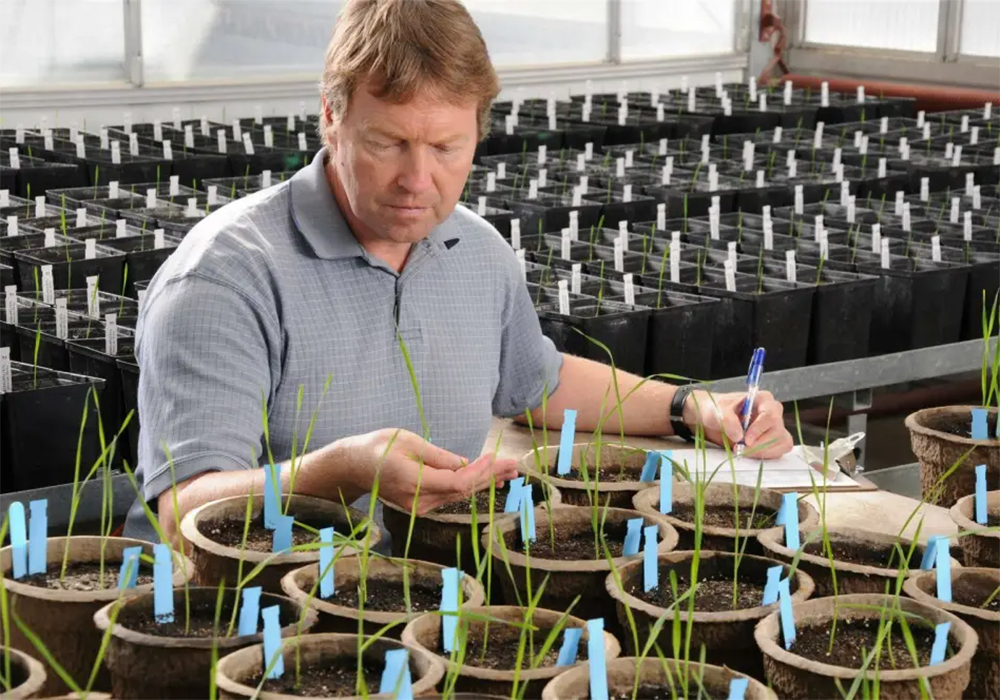Many things can go wrong in a canola field.
Flea beetles can feed on the seedlings in the spring, a patch of clubroot-infected plants can appear somewhere near the field entrance and a herbicide-resistant weed may pop up in the middle of the crop.
The same is true of other crops. Multiple pests can cause multiple headaches and make it difficult to grow a successful crop.
In the past, scientists and producers tackled each problem separately. A weed scientist would seek solutions for herbicide-resistant weeds and a plant pathologist would focus on slowing the spread of clubroot.
Read Also

Rural officials hopeful strychnine use will resume
The Saskatchewan Association of Rural Municipalities is taking a verbal commitment from the federal agriculture minister on strychnine use as a good sign.
But a group of Agriculture Canada researchers are taking a different approach. About 15 scientists are sharing knowledge and working together on pest problems in Western Canada. They even have a name for their group: the Prairie Bio-Vigilance Network.
“The concept is an integrated approach… to understand what’s out there and what are the problems with production,” said Brent McCallum, an Ag Canada plant pathologist in Morden, Man., and one of the leaders of the network.
An Agriculture Canada research paper from 2017, published by researchers in Quebec, summarizes the benefits of bio-vigilance:
“The ultimate objective of biovigilance-based pest management is to mitigate potential threats before they become important problems.” McCallum made a similar comment on the benefits of the approach.
“Some things (can) slip through the cracks (because) we weren’t looking at a certain crop, at a certain time,” he said. “The sooner we can get on those problems… the better.”
Agriculture Canada and provincial government researchers already monitor pests to keep track of weeds, crop diseases and insects.
The Prairie Pest Monitoring Network provides weekly updates on insect problems and risk maps for pest threats across the Prairies.
There is also the Canadian Plant Disease Survey and provincial weed surveys.
Those tools are all useful, but some surveys are done infrequently. In Manitoba, for instance, a weed survey was done this summer and the previous one was completed in 2016.
“We’re working towards integrating these (surveys) and enhancing what we already have,” McCallum said. “To have the surveillance portion be ongoing and continuous…. A bio-vigilance approach is something you do continuously, but you keep on improving.”
Improving pest surveillance and sharing the information between scientific disciplines is a key part of the Prairie Bio-Vigilance Network.
But it’s also about collaboration. By working together, scientists and producers might find solutions for multiple pests.
“We know already that some cultural practices work on a variety of problems,” McCallum said. “Crop rotation is effective against some insect pests but also some diseases…. That goes for the chemical rotations as well.”
Ag Canada wants provincial governments, farm groups and producers to be part of the Bio-Vigilance Network.
“We talk about a network of scientists. But really the producers are an integral part of this. We couldn’t do it without their help,” McCallum said.
Contact robert.arnason@producer.com
















